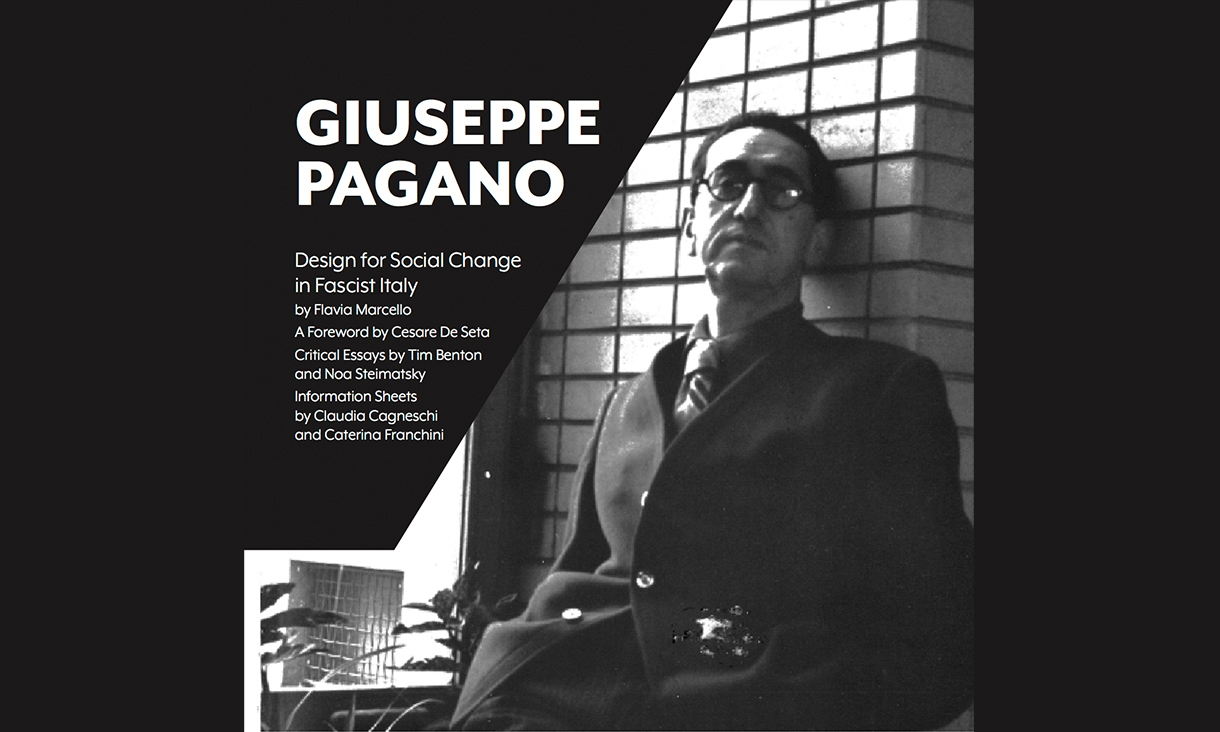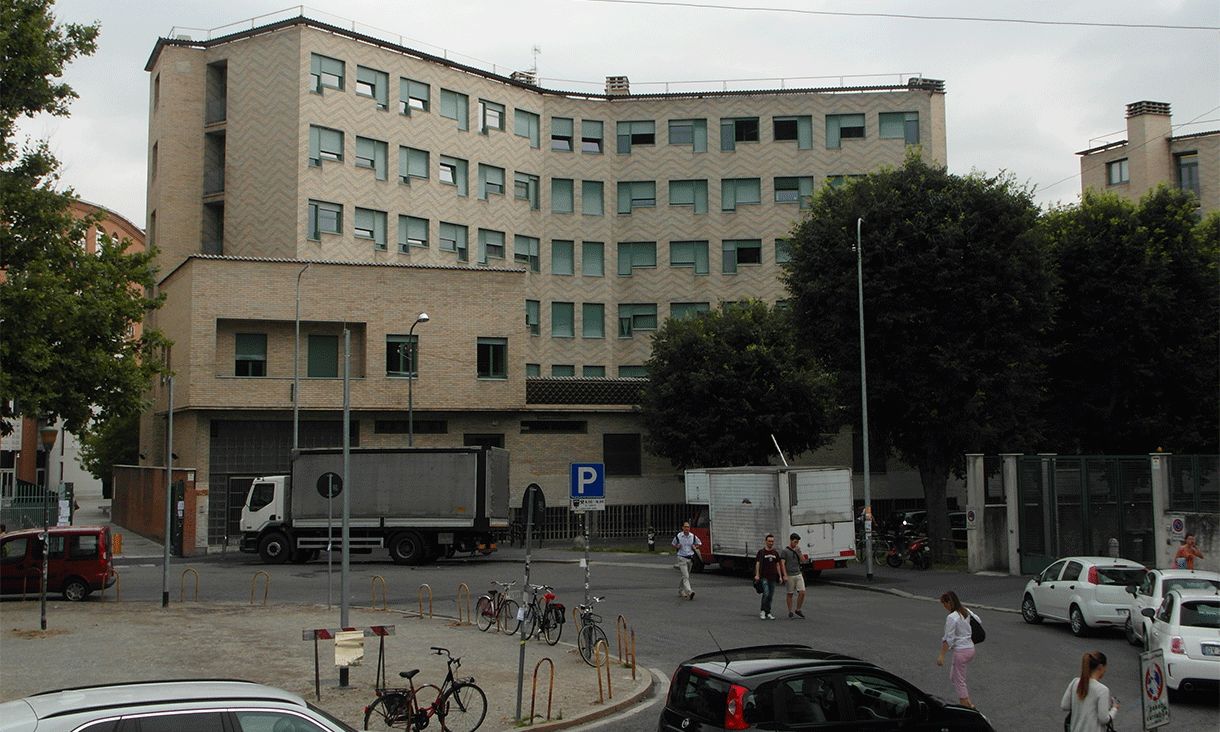Celebrating the life of Giuseppe Pagano

In summary
- Flavia Marcello documents life of architect, Giuseppe Pagano
- Pagano was a polymath and a twentieth century renaissance man
- Marcello paints a personal and professional portrait of Pagano
Associate Professor Flavia Marcello’s book about the life of Italian architect Giuseppe Pagano was released in mid-January this year. Marcello is a researcher at Swinburne’s Centre for Transformative Media Technologies. She is an expert on the architecture and cultural production of the Italian fascist period.
“The story of Pagano’s life is also the story of Italy. In less than fifty years, it went through two world wars, three wars of colonisation and a civil war of resistance. It is the story of Italian fascism, that went from a revolutionary movement grounded in socialist ideals that [Pagano] firmly believed in, to a repressive, imperialist and anti-Semitic regime allied with Nazi Germany that he could not bring himself to support. It reflects the experience of many Italians born at the turn of the twentieth century” explains Professor Marcello.
Because Giuseppe Pagano-Pogatschnig (1896 -1945) was a polymath and a ‘Renaissance’ man of the twentieth century, Professor Marcello has structured her book thematically and enriched it with critical essays, in-depth information about Pagano’s major buildings and projects and an anthology of his writings.


Bocconi University, Milan, Giuseppe Pagano and Giacomo Predaval, 1941, with bas relief by Leone Lodi, photography by Flavia Marcello.
“In the spirit of ‘Pagano the collaborator’, five fellow ‘Paganisti’ joined me in writing the book. Italy’s foremost Pagano scholar, Professor Cesare De Seta, wrote the foreword, Professor Tim Benton, from the Open University, contributed a chapter on Pagano’s photography and film scholar Noa Steimatsky reflected on Pagano’s links to the Italian neorealist movement. Claudia Cagneschi and Caterina Franchini are two up and coming scholars who composed the Building Information Sheets,” Marcello says.
In Giuseppe Pagano – Design for Social Change in Fascist Italy, Marcello paints a personal and professional portrait of Pagano without the help of his original archives, now in private hands. She researched documents, unpublished projects and letters in books, architectural journals and monographs by Italian scholars.

Marcello searching for documents about Pagano in the National Library in Rome, image by Flavia Marcello.
She visited Pagano’s buildings and the places where he lived and died (Croatia, Italy, Austria) to give an auto-ethnographic dimension to the book and to “sew together the tapestry of his life”.

Poreč, Croatia - Pagano’s birthplace, image by Flavia Marcello.

Mathausen camp in Austria where Pagano died, image by Flavia Marcello
The chapter “Pagano the architect” traces the story behind the buildings he designed in his thirteen-year career. Another on “Pagano the writer”, is the story of the journal Casabella and the important role it played in promoting the cause of modern architecture in a turbulent political climate. “Pagano the exhibition designer” traces his evolution into spatial design where he presented an image of a ‘modern and harmonious, Fascist nation’ to local and overseas audiences. “Pagano the photographer” traces the evolution of his style and analyses his photographs with fresh eyes.
Professor Marcello covers Pagano’s adventures, and how he never let go of his ideals. Her book tells the story of a volunteer in two world wars, who resigned from the Fascist Party to become a partisan and member of the Resistance and his final months as a political prisoner; his capture by Fascists; and his death in a Nazi concentration camp. This book is an acknowledgement of his life and work.
-
Media Enquiries
Related articles
-

- Design
Swinburne alum launches zine celebrating Asian Australian art and identity
Swinburne Graphic Design alum Dan Truong founded HOISZN, a zine publication showcasing Asian Australian artists and their work.
Monday 01 July 2024 -

- Design
Swinburne students shine in lighting design collaboration
Swinburne students collaborated with About Space Lighting, resulting in several student-designed lamps being put into production.
Friday 07 June 2024 -

- University
Swinburne University of Technology partners with Grande Experiences and THE LUME Melbourne for cutting-edge Immersive Media education
Swinburne University of Technology is proud to announce its partnership with Grande Experiences and THE LUME Melbourne, enhancing the future of Immersive Media education.
Thursday 13 June 2024 -

- Design
Yarra Trams feature Women in Trades campaign designed by Swinburne students
School of Design and Architecture students in Swinburne’s Bureau collaborated with Tradeswomen Australia Group to design a tram wrap celebrating women in trades.
Thursday 16 May 2024 -

- Design
- Astronomy
- Technology
- University
Swinburne ‘Rock Muncher’ takes part in Australian Rover Challenge
A multidisciplinary student team from Swinburne University of Technology competed in the 2024 Australian Rover Challenge held in Adelaide, South Australia.
Thursday 11 April 2024

